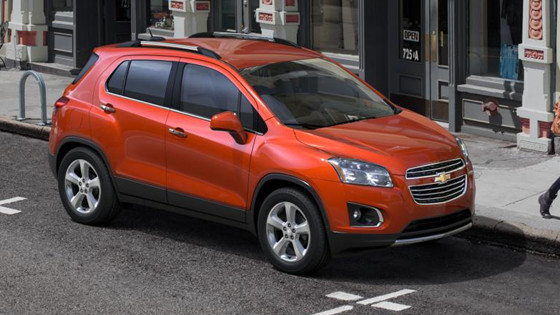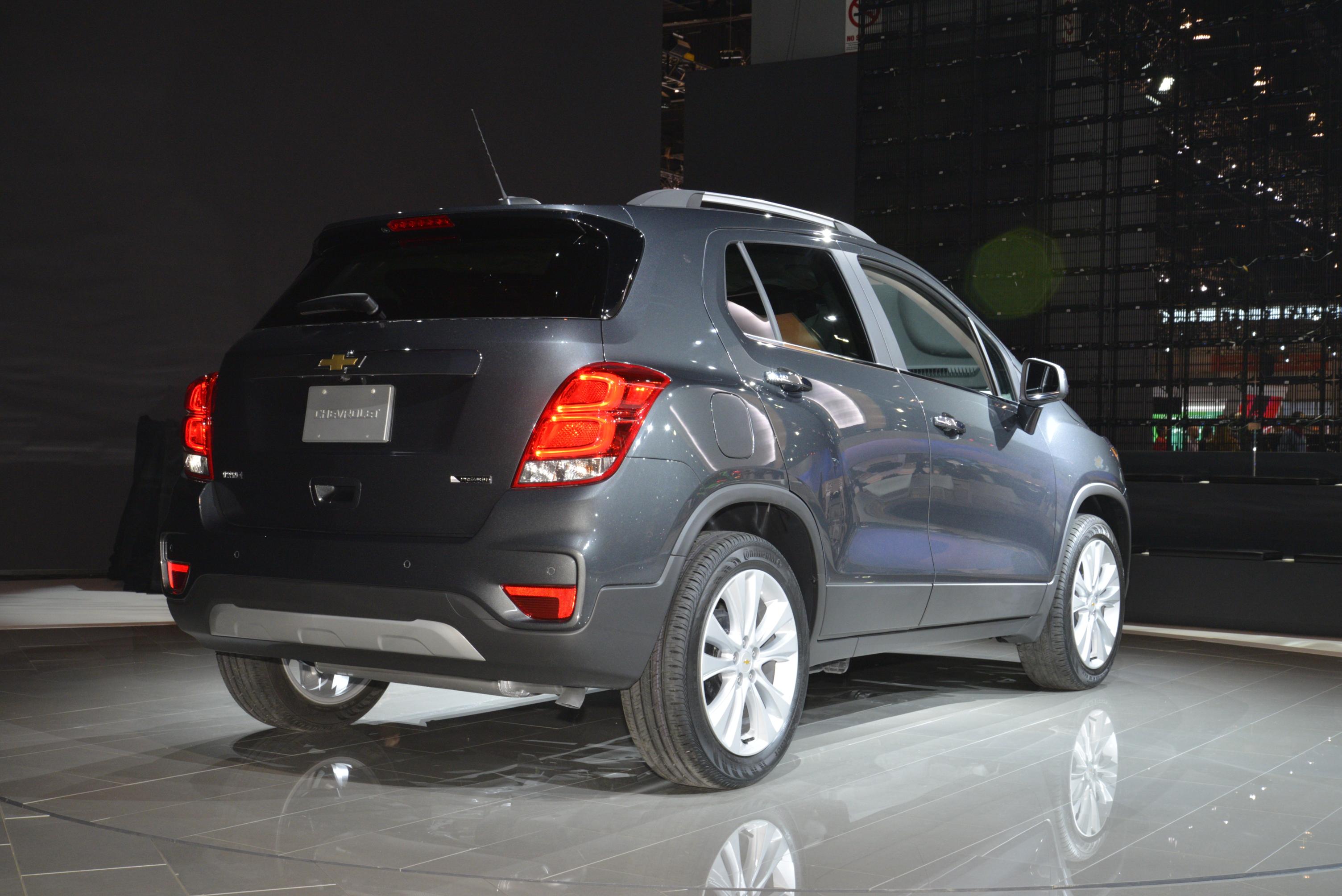
You can follow John on Twitter, and view his credentials at LinkedinĬan't imaging anyone in the "gas pump industry" would advise you to completely fill to the top of your tank. In addition to Torque News, John's work has appeared in print in dozens of American newspapers and he provides reviews to many vehicle shopping sites. Following his engineering program, John also completed a marketing program at Northeastern University and worked with automotive component manufacturers. John Goreham is a long-time New England Motor Press Association member and recovering engineer. Try this in your own vehicle and tell us in the comments below how close to actual your in-dash MPG display is. We then re-fill to the first click and we record the gallons consumed. We like to see at least 250 miles of distance before we check mileage. Next, we drive for the majority of the tank.

In our testing, we, of course, zero the MPG average using the infotainment settings, and we fill the tank to the first click and zero the trip odometer. We recorded a 39.09375 MPG number during our time with the CR-V Hybrid. Interestingly, one of the rare examples of a vehicle displaying a lower than actual fuel economy was in the all-new Honda CR-V Hybrid. Still a high number, but why does the car have to exaggerate? However, by our calculations dividing miles by gallons, we came up with 50.2 MPG, a 10% lower MPG. The in-dash display told us the average was 56 MPG. One of the highest MPG scores we ever observed was in a test of diesel Volkswagen Golf. That is a 10% difference, and typical in its optimism based on our testing. We traveled 241.6 miles using 7.43 gallons of fuel, so our true mileage was 32.5 MPG.
2016 chevrolet trax miles per gallon full#
Over the full test, it settled in at 35.8 MPG. However, when the MPG display went above 40 MPG, we started to wonder if it could possibly be correct. The MPG display had us preparing to write a story saying this vehicle is as efficient as a hybrid. In a test of an all-new 2021 model year crossover, we zeroed the average and the trip odometer and set out on our test. As MGP displays go, this is one of the more accurate ones we have seen. It likes to tell me the vehicle has a 30 MPG average over a tank, but when I compare that using miles traveled to gallons consumed, it is almost always about 29 MPG. In a 2016 Subaru Forester 2.5i Premium that I own, the display is almost always about 1 MPG, or about 3% high compared to what the vehicle actually achieves for MPG. Most of the time, the MPG display you see in your dash display is telling you your mileage is about 10 to 15% better than it actually is. Over hundreds of vehicles tested, we have only seen the display be accurate a handful of times. We’ve compared the average MPG displays in our test vehicles to the actual miles traveled per gallons consumed for years. In almost all cases, we have found through testing that they are wildly optimistic.

Who doesn’t want to know how many miles per gallon they are getting? The problem is, these in-vehicle average MPG displays are almost always inaccurate. Fuel economy displays in our vehicles offer a neat bit of information.


 0 kommentar(er)
0 kommentar(er)
